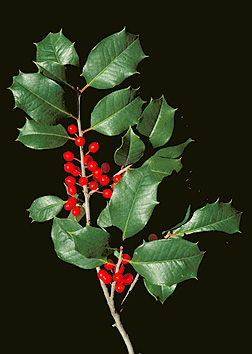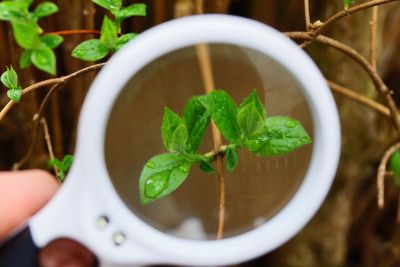

The most common tree shapes include broadly conical, broadly columnar, narrowly conical, narrowly columnar, and broadly spreading. A forest-grown tree may grow tall and slender while his field-grown cousin develops a maximum crown in the open sun. However, a young tree may look entirely different from the parent tree. But it isn't that easy.within limits, one can with practice, recognize by shape and manner of growth quite a few trees."Ī yellow poplar will always look like a yellow poplar in a very general sense. rugosa) leaves are wedge shaped and come to a point. Naturalist Roger Tory Peterson says that unlike the precise silhouette of birds, a tree is not so consistent in form or shape: "The beginner, learning his trees, yearns for a book that will give him shapes and field marks by which he can make snap identification. Learn to properly identify and manage invasive plants on your property. Look at how the leaves of the thorn tree are shaped. Holly leaves are oval, green, sometimes with brown margins, and have thorns on the edges. Though not technically a part of a tree, the tree shape is still a distinguishing feature and another way to help in its identification. Crabapple leaves have broad bases, serrated edges and come to a point at the tip.

The hard part is separating the various oak or pine species without looking at additional tree features. the underside, thorns can grow to 2.5 cm long. You can very readily distinguish between an oak and a pine by looking at the bark. Montana State University - Invasive Plant Identification Guide. For this reason, only the broadest classifications can be determined using bark alone.

Textures are divided into at least 18 types, from smooth (beech) to spiny (locust). flowers greenish-white in a dense cluster leaves long and pointed. The cambium (a watery layer only a few cells thick) is the generative layer, giving rise to both xylem and phloem.īark textures are relatively uniform by tree species and make a great visual marker for broad tree identification. leaves opposite delicate, drooping, yellow-green leaves with 3 leaflets. Phloem carries manufactured food (sugars) from the leaves to the roots. Xylem carries water and minerals from the roots to the leaves. The bark's phloem transports large quantities of nutrients throughout the tree. Bark also has several physical functions one is ridding the tree of wastes by absorbing and locking them into its dead cells and resins. thorns, on stems, branches or leaves, that attach to nearby. The bark is a tree's natural armor and protection from external threats. Climbing adaptations of vines help us to identify them.


 0 kommentar(er)
0 kommentar(er)
